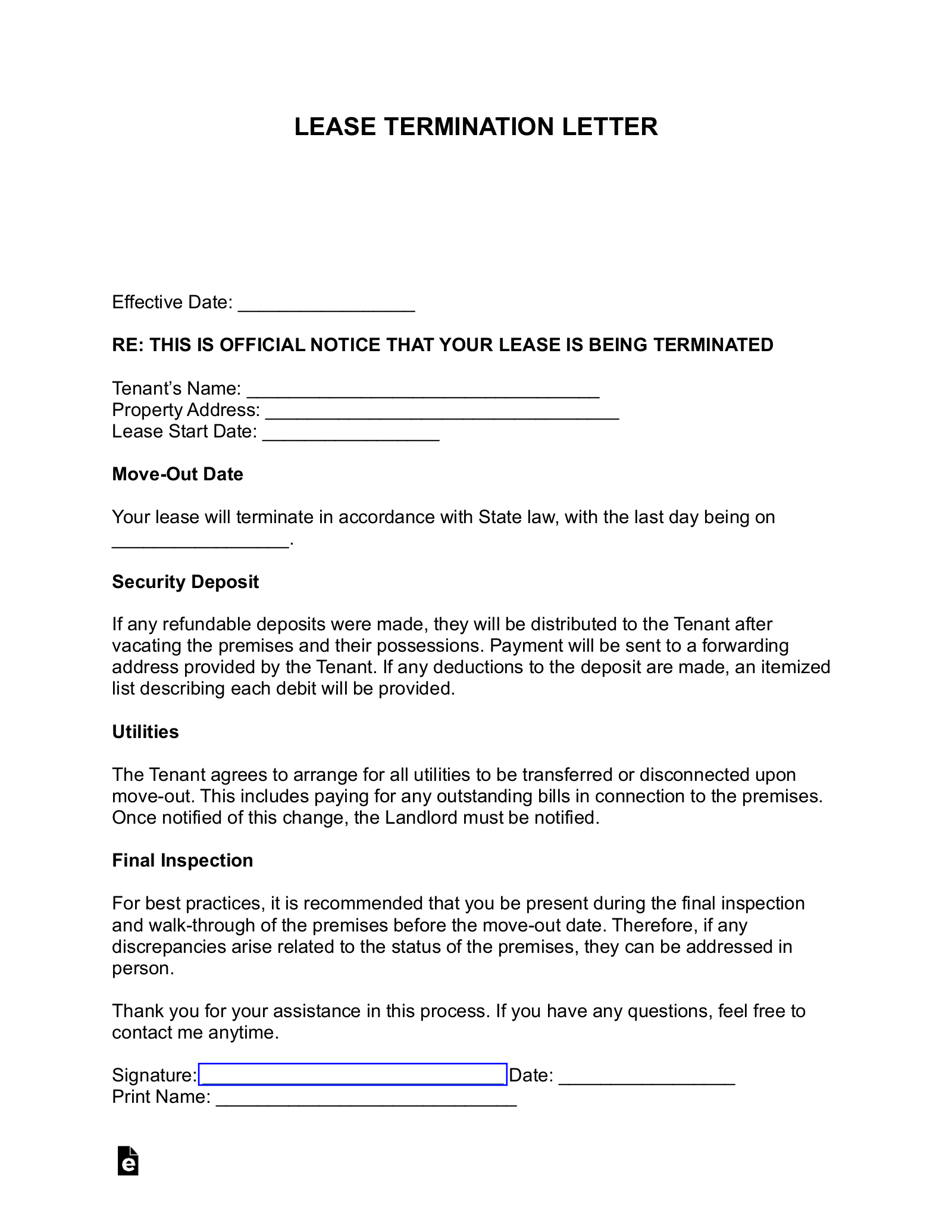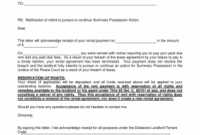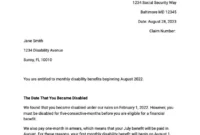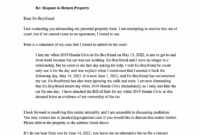Life often takes us on unexpected journeys, and sometimes, those journeys mean saying goodbye to a current living situation. Whether you are relocating for a new job, moving closer to family, or simply seeking a change of scenery, ending a lease agreement is a significant step that requires careful attention to detail. It’s not just about packing boxes; it’s about formalizing your departure in a way that protects your rights and ensures a smooth transition for both you and your landlord.
Navigating the complexities of lease agreements can feel daunting, especially when you need to formally communicate your intent to vacate. The good news is that you don’t have to start from scratch. Using a well-structured tenant lease termination letter template can simplify this process immensely, providing a clear, concise, and legally sound way to inform your landlord about your decision to end your tenancy. This ensures that all necessary information is included, leaving no room for misunderstandings.
Why a Formal Tenant Lease Termination Letter is Essential
When the time comes to move out of your rental property, simply telling your landlord verbally or sending a quick text message might seem convenient, but it can open the door to a host of problems down the line. A formal, written tenant lease termination letter serves as undeniable proof that you provided proper notice as required by your lease agreement and local housing laws. This document is your official record, protecting you from potential disputes over notice periods, rent payments, or even the return of your security deposit. It clearly establishes the date you intend to vacate, removing any ambiguity about your responsibilities moving forward.
Furthermore, different scenarios for lease termination often come with their own set of rules. You might be ending a fixed-term lease at its natural conclusion, exercising an early termination clause, or perhaps mutually agreeing with your landlord to end the lease ahead of schedule. Each situation necessitates clear communication. State and local laws frequently dictate specific notice periods, which can range from 30 to 90 days, depending on your lease type and location. Failing to adhere to these requirements can result in financial penalties, such as being responsible for additional rent even after you’ve moved out. A formal letter helps you meet these obligations precisely.
Having a robust tenant lease termination letter template at your disposal means you won’t miss any critical information. It guides you through the process of articulating your intent in a professional manner, ensuring that all parties are on the same page. This level of clarity helps maintain a positive relationship with your landlord, which can be beneficial if you ever need a reference for future rentals. It’s about more than just ending a contract; it’s about concluding a professional relationship responsibly.

Ultimately, this formal documentation is your best friend in preventing future headaches. It leaves no room for “he said, she said” arguments and provides a tangible record should any questions arise regarding your departure. By utilizing a comprehensive template, you ensure every legal and contractual obligation is met, paving the way for a smooth, stress-free move.
Key Elements Your Termination Letter Should Include
Customizing Your Tenant Lease Termination Letter Template for Your Situation
Once you have a tenant lease termination letter template, the next crucial step is to meticulously customize it to fit the specifics of your rental agreement and personal circumstances. While the template provides a solid foundation, it’s vital to populate it with accurate details to make it legally sound and effective. Start by carefully entering your full name and the complete address of your rental unit, ensuring there are no typos. Do the same for your landlord’s name and their official mailing address, which can usually be found in your original lease agreement. Accuracy here prevents misdirection and delays.
The dates are perhaps the most critical components of your letter. You’ll need to clearly state the original start date of your lease and, most importantly, the exact date you intend for your tenancy to end and for you to vacate the premises. This termination date must align with the notice period specified in your lease or by local laws. For instance, if your lease requires a 30-day notice, and you plan to move out on the 31st of the month, your letter must be dated and sent at least 30 days prior to that target move-out date. Double-check these dates to avoid any discrepancies that could lead to extended financial liability.
Beyond the basic information, consider any specific clauses in your lease that might be relevant. For example, if you are terminating early due to a military deployment or a job transfer, and your lease has provisions for such situations, you might reference those clauses in your letter. While the template provides the structure, your input makes it personal and precise. Remember to include a clear forwarding address where your landlord can send your security deposit and any final communications, ensuring nothing gets lost in the mail after you’ve moved on.
Finally, after you’ve filled in all the blanks and reviewed the document for accuracy and completeness, sign it formally. It’s highly recommended to send your tenant lease termination letter template via certified mail with a return receipt requested. This provides irrefutable proof that the letter was sent, received, and by whom. Alternatively, if hand-delivering, ask your landlord or their representative to sign a copy of the letter, acknowledging receipt, and keep this signed copy for your records. This diligence protects you and helps facilitate a smooth and amicable conclusion to your tenancy.
Taking the time to prepare and send a proper notice is a small effort that yields significant peace of mind. It sets a professional tone for your departure, ensuring that you fulfill your obligations while safeguarding your rights as a tenant. By adhering to the terms of your lease and the laws governing tenancy, you pave the way for a straightforward moving process, allowing you to focus on your exciting new chapter without any lingering worries about your previous rental.



